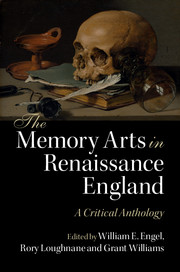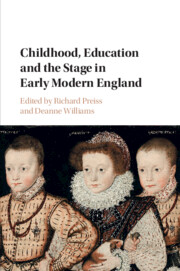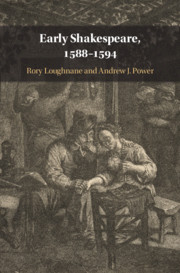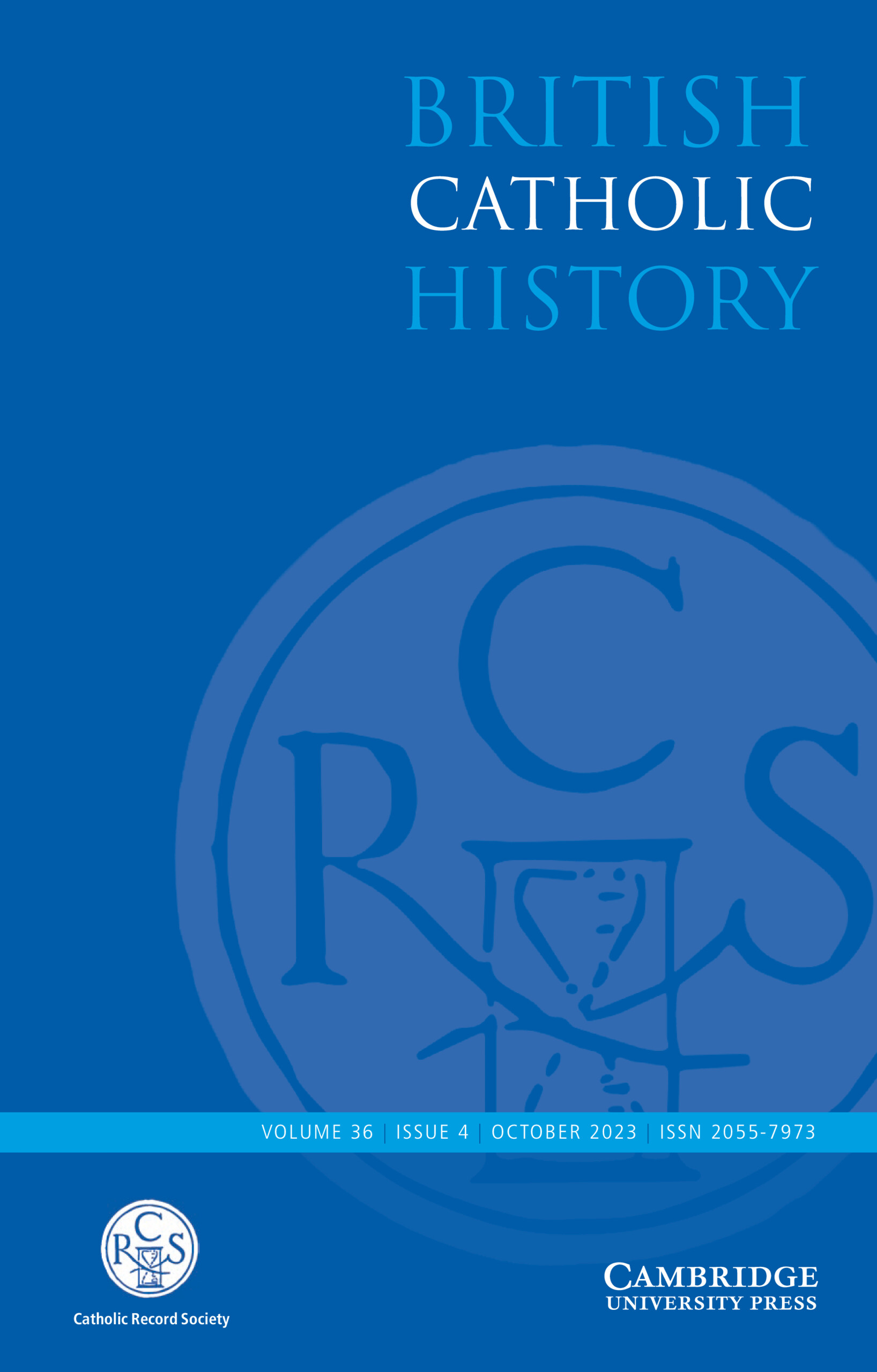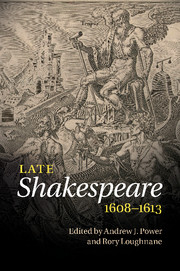The Death Arts in Renaissance England
A Critical Anthology
NZD$173.95 inc GST
- Editors:
- William E. Engel, University of the South, Sewanee, Tennessee
- Rory Loughnane, University of Kent, Canterbury
- Grant Williams, Carleton University, Ottawa
- Date Published: September 2022
- availability: Available
- format: Hardback
- isbn: 9781108479271
NZD$
173.95
inc GST
Hardback
Other available formats:
eBook
Looking for an inspection copy?
Please email [email protected] to enquire about an inspection copy of this book
-
The first-ever critical anthology of the death arts in Renaissance England, this book draws together over 60 extracts and 20 illustrations to establish and analyse how people grappled with mortality in the 16th and 17th centuries. As well as providing a comprehensive resource of annotated and modernized excerpts, this engaging study includes commentary on authors and overall texts, discussions of how each excerpt is constitutive and expressive of the death arts, and suggestions for further reading. The extended Introduction takes into account death's intersections with print, gender, sex, and race, surveying the period's far-reaching preoccupation with, and anticipatory reflection upon, the cessation of life. For researchers, instructors, and students interested in medieval and early modern history and literature, the Reformation, memory studies, book history, and print culture, this indispensable resource provides at once an entry point into the field of early modern death studies and a springboard for further research.
Read more- Features a carefully-curated selection of representative and often overlooked authors and sources dealing with the early modern death arts, both widening readers' understanding of the subject and suggesting avenues for further research
- Includes an introduction that situates the featured textual and visual materials within the cultural, religious, and epistemological parameters of the period while also connecting these to ongoing critical issues in the humanities, including race, sexuality, and gender
- Helps scholars and students navigate the field through modernized editing, topical prefaces, and textual apparatuses
Reviews & endorsements
'… this anthology offers a rich selection of Renaissance writings about dying, death and memorialization. … It is a formidable challenge to select from such proliferation, but the volume offers brief and allusive excerpts, with contextualized information that in many cases is longer than the excerpt itself.' Andrea Brady, Times Literary Supplement
Customer reviews
Not yet reviewed
Be the first to review
Review was not posted due to profanity
×Product details
- Date Published: September 2022
- format: Hardback
- isbn: 9781108479271
- length: 404 pages
- dimensions: 234 x 158 x 24 mm
- weight: 0.78kg
- availability: Available
Table of Contents
Part I. Preparatory and dying Arts: I.1. To know well to die (1490)
I.2. The Calendar of Shepherds (1518)
I.3. The way of dying well (1534)
I.4. The Lamentation of a Sinner (1547)
I.5. 'A Meditation of a penitent Sinner' (1560)
I.6. A Fruitful treatise…against the fear of Death (1564)
I.7. A Spiritual Consolation (1578)
I.8. The repentance of Robert Greene (1592)
I.9. A Salve for a Sick Man (1595)
I.10. The Mother's Blessing (1616)
I.11. Selected Works (1628, 1635)
I.12. 'The unnatural Wife' (1628)
I.13. An antidote against purgatory (1634)
I.14. Holy dying (1651)
I.15. The virgin's pattern (1661)
I.16. A Token for Children (1676)
I.17. 'A True account of…last dying speeches' (1690)
Part II. Funereal and Commemorative Arts: II.1.Chronicles (1548)
II.2. 'The Order for the burial of the dead' (1549)
II.3. The Primer set forth at large (1559)
II.4. Acts and Monuments (1576)
II.5. The Glorious Martyrdom of twelve Priests (1582)
II.6. The life and death of Sir Philip Sidney (1587)
II.7. The French History (1589)
II.8. 'Doleful Lay of Clorinda' (1595)
II.9. Selected Works (1603, 1604)
II.10. 'A Mirror of Modesty' (1621)
II.11. 'A Sermon…the 5th of November, 1606' (1629)
II.12. The Phoenix of these late times (1637)
II.13. Eikon Basilike (1649)
II.14. 'An Elegy on the Lady Markham' (1653)
II.15. A String of Pearls (1657)
II.16. Poems (1669)
II.17. 'An Essay upon Death' (1696)
Part III. Knowing and Understanding Death: III.1. The despising of the World (1532)
III.2. A Preservative against Death (1545)
III.3. A Godly Meditation (1548)
III.4. A Mirror for Magistrates (1587)
III.5. The Haven of Health (1588)
III.6. Protection for Woman (1589)
III.7. Montaigne's Essays (1603)
III.8. The Works of Seneca (1614)
III.9. Navmachia (1622)
III.10. 'Of Death' (1625)
III.11. Mikrokosmographia (1631)
III.12. 'A View of the present State of Ireland' (1633)
III.13. A View of all Religions in the World (1653)
III.14. Natural and Political Observations (1662)
III.15. Philosophical Letters (1664)
III.16. Lucretius's Six Books (1683)
III.17. Principles of the most Ancient and Modern Philosophy (1692)
Part IV. Death Arts in Literature: IV.1. The Ship of Fools (1509)
IV.2. The Summoning of Everyman (1528)
IV.3. The Dance of Death (1554)
IV.4. 'Complaint of a Dying Lover' (1557)
IV.5. 'A Strange Punishment' (1566)
IV.6. 'Gascoigne's Goodnight' (1573)
IV.7. 'The Manner of her Will' (1573)
IV.8. The Mirror of Princely deeds and Knighthood (1578)
IV.9. Selected Works (1594, 1604)
IV.10. Selected Works (1606, 1614)
IV.11. Salve Deus Rex Judaeorum (1611)
IV.12. Selected Works (1611, 1613)
IV.13. The Tragedy of Mariam (1613)
IV.14. Urania (1621)
IV.15. 'The last Will and Testament of Philip Herbert' (1650)
IV.16. 'The Nymph complaining for the death of her Fawn' (1681)
IV.17. Oroonoko (1688).
Sorry, this resource is locked
Please register or sign in to request access. If you are having problems accessing these resources please email [email protected]
Register Sign in» Proceed
You are now leaving the Cambridge University Press website. Your eBook purchase and download will be completed by our partner www.ebooks.com. Please see the permission section of the www.ebooks.com catalogue page for details of the print & copy limits on our eBooks.
Continue ×Are you sure you want to delete your account?
This cannot be undone.
Thank you for your feedback which will help us improve our service.
If you requested a response, we will make sure to get back to you shortly.
×


